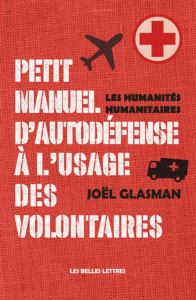
Le Seuil, 2019 (published in French)
Publisher’s note
The 20th century was the century of displacement and exodus. Since the end of the cold war and to this day, the refugee crisis has been a worldwide reality. In fact, following the recent conflicts in Africa, the Middle East and Central America refugee numbers have been steadily increasing. During the first decades of the 20th century, the First World War and the years following it saw a dramatic expansion in the dissemination of images of the various humanitarian tragedies, produced and distributed by individuals and organisations dedicated to providing relief and aid to endangered populations. Major NGOs engaged photographers to document the violence of war and life in the refugee camps. The legendary photographers of the 20th century such as Robert Capa or Margaret Bourke-White, ensured that a visual record was kept of conflicts such as the Spanish Civil War, the Second World War and the war in Vietnam.
This book uses iconic photographs to chart the history of refugees from the beginning of the First World War to the current refugee crises in Syria, the Balkans, the Mediterranean and on the United States-Mexico border. It also challenges the concept of using photography for humanitarian ends. The public’s perception of refugees is fashioned by the way they are most often presented: as the victims of tragedy and disaster. Boats, camps and crowds dominate the landscape. Some photographers working currently have started to widen this narrow view by giving the refugees a decisive role in the way they are represented, by focusing on the dignity of their subjects or by exploring more creative visual approaches. This book is a testament to their work.
Translated from the French by Fay Guerry


